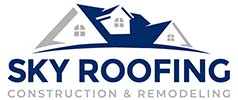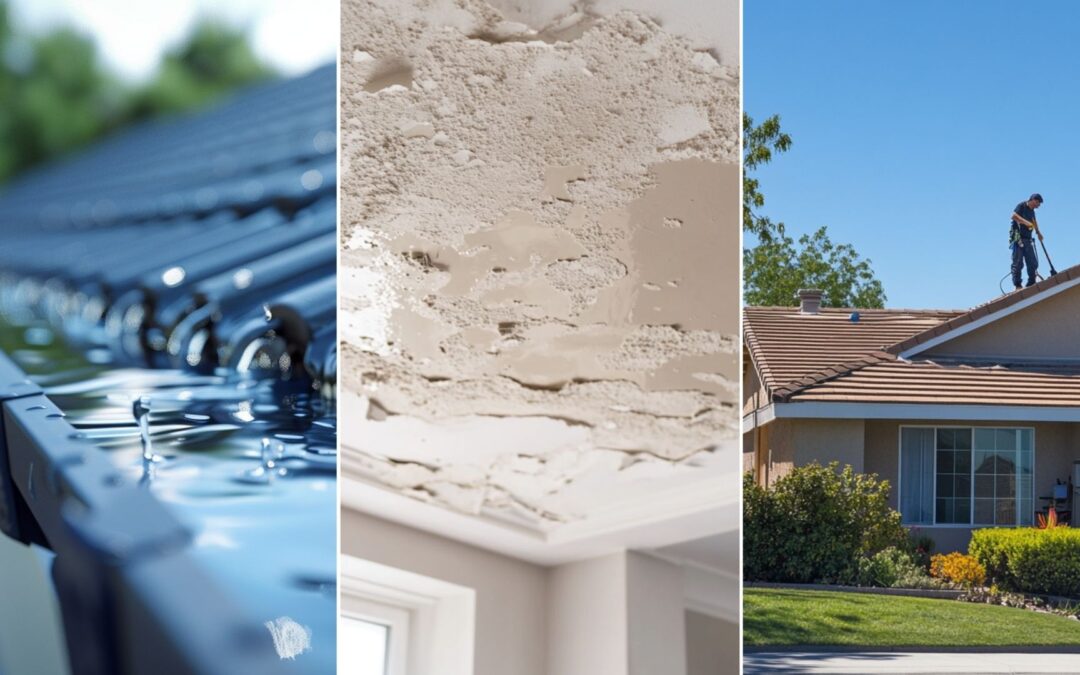Roof Leaks
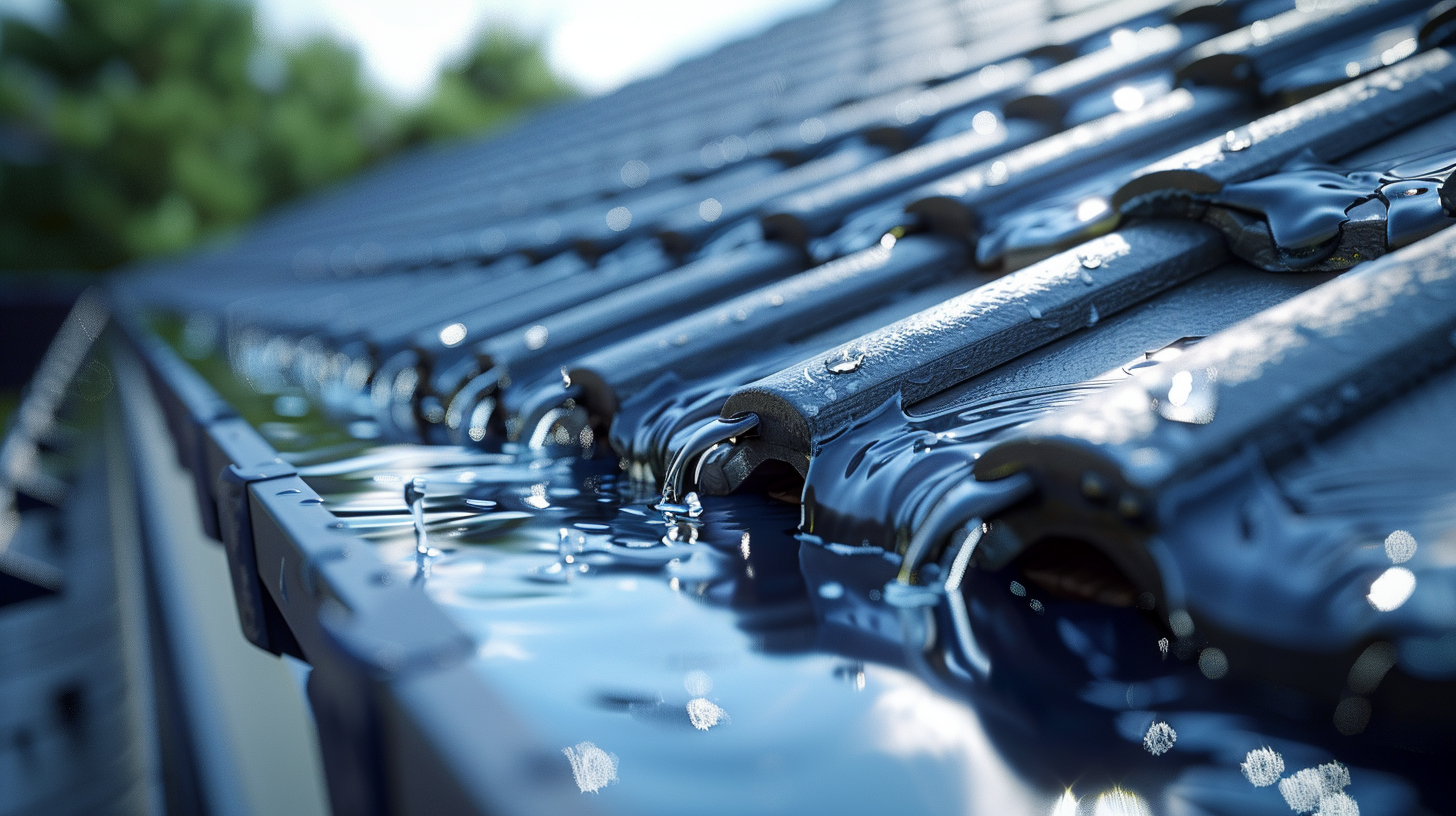
Leaks - Importance of Timely Repairs - Sky Roofing Construction & Remodeling
Understanding the Importance of Timely Repairs
Common Causes of Roof Leaks
Another common cause is flashing failure, particularly around chimneys, vents, and skylights, where the waterproof seal may degrade over time. Clogged gutters and downspouts can also contribute to leaks by preventing proper drainage, causing water to pool on the roof. Lastly, age and general wear and tear must be considered, as older roofs may be more susceptible to leaks due to erosion and deterioration of materials. Addressing these common causes swiftly can help maintain the roof’s integrity and protect the home from damage.
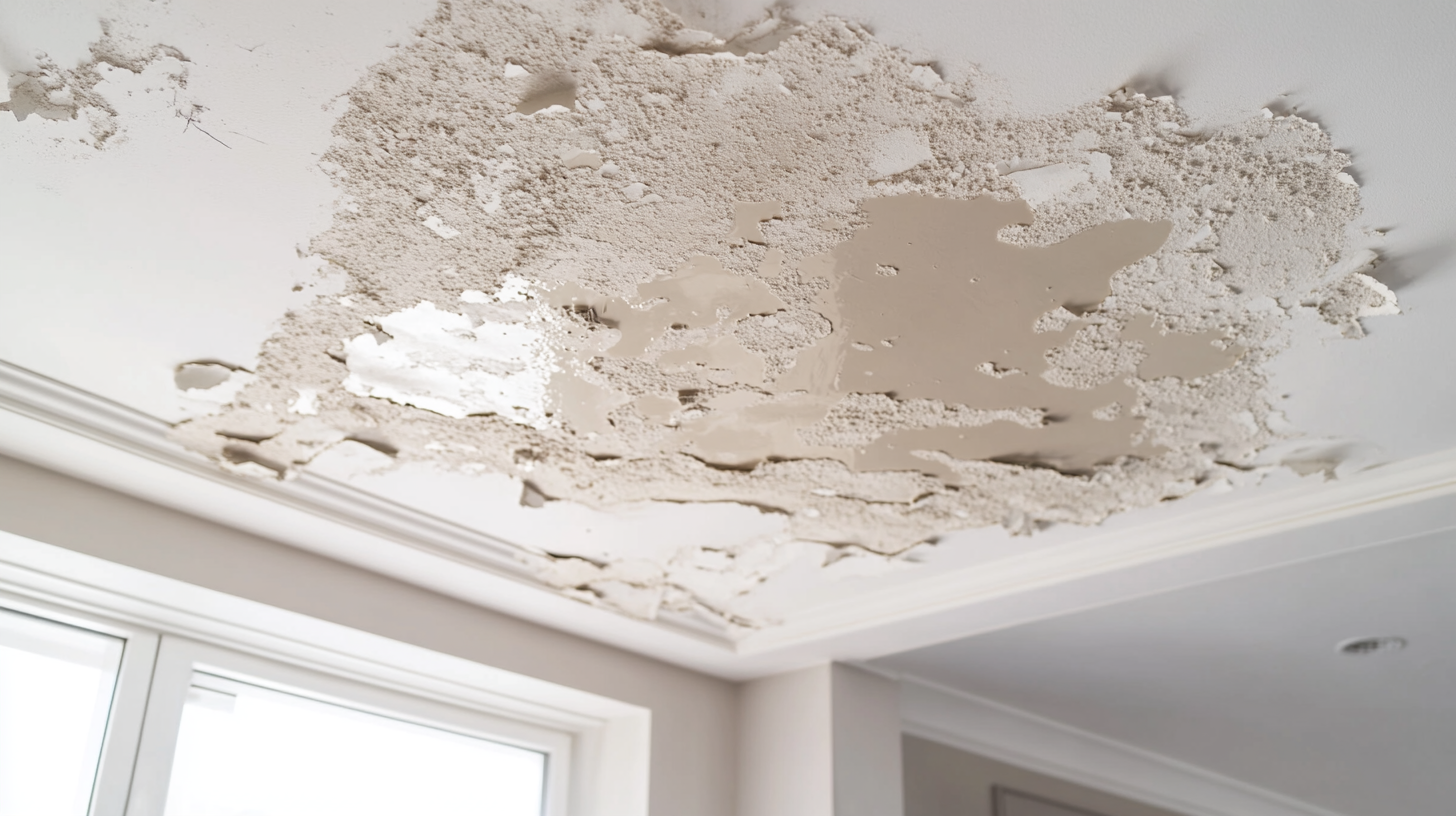
Leaks - Identifying Roof Leaks - Sky Roofing Construction & Remodeling
Identifying Roof Leaks
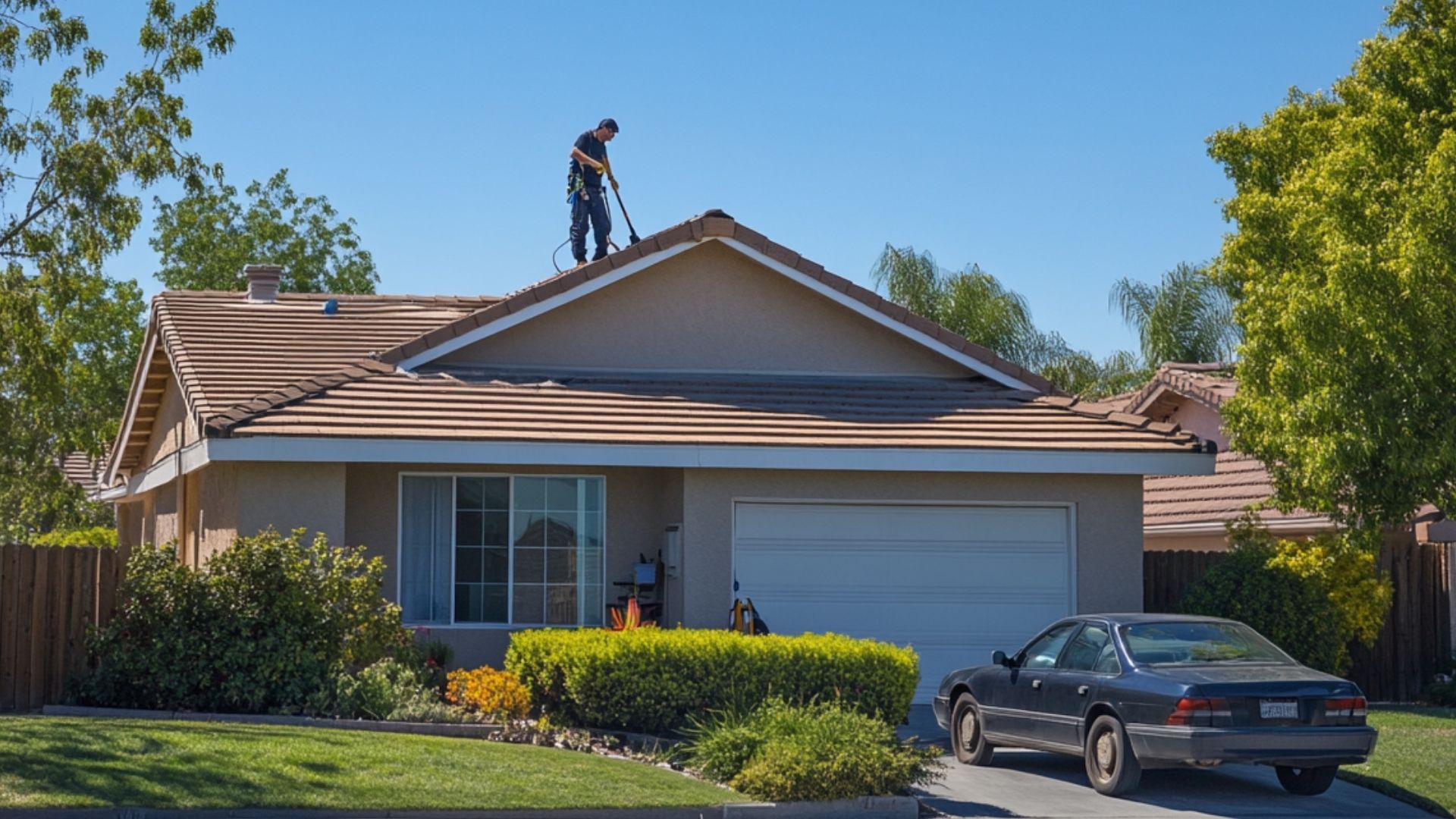
Leaks - Signs of a Roof Leak - Sky Roofing Construction & Remodeling
Signs of a Roof Leak
Roof leaks are a common issue that can lead to extensive damage if not addressed promptly. Recognizing the early signs of damage related to a roof leak is crucial for homeowners to prevent future leaks and complications, such as mold growth, structural damage, and costly repairs. Indicators that may signal a potential roof leak include:
• Water stains on the ceiling.
• Holes in the roof.
• There are damp spots on the exterior walls.
Regular roof maintenance can help identify issues before they escalate, while DIY repairs using a caulk gun can be effective for minor repairs. However, consulting a professional for extensive damage is essential, especially in critical roof sections like flat or metal roofs. By staying vigilant and addressing problems early, homeowners can protect their homes from the detrimental effects of water intrusion.
Water Stains and Water Spots
Taking timely action to address these issues is crucial for preventing future roof leaks and ensuring the longevity of your roofing jobs. Frequent maintenance and practical solutions can mitigate the risk of significant leaks. Keeping gutters clean is vital in directing water away from the roof and preventing unnecessary damage. By working with a professional roofer, homeowners can develop an effective repair plan tailored to their roofing needs.
Dampness in Attics or Ceilings
It is essential to notice the signs of water damage and promptly implement a temporary or permanent solution to prevent further damage. Roofing sealant can help create a tight seal around plumbing pipes and nail holes, providing an extra layer of protection against moisture intrusion, especially after a severe storm. Homeowners should exercise caution when inspecting their roofs and consider consulting with professionals for appropriate repairs within a reasonable price range.
Visual Inspection Techniques
• Checking for musty odors in the attic.
• Inspecting gutters for debris.
• Evaluating mortar joints around chimneys and vents.
Homeowners should also look for improper nailing, which can cause adjacent shingles to lift and lead to leaks. Utilizing a utility knife can help remove damaged metal strips or roofing materials that may hinder proper drainage. By identifying issues early and performing simple repairs, homeowners can ensure the longevity and integrity of their roofing system and avoid more effective maintenance down the line.
Checking for Missing or Damaged Shingles
When inspecting your roof, look for any visible signs of missing or damaged shingles. Shingles can become cracked, curled, or dislodged due to severe weather, age, or improper installation. A close examination of the roof surface is essential; look for areas where the shingles are misaligned or granules have washed away, as these can signal underlying issues. Finding missing shingles can create vulnerable spots where water can penetrate, leading to leaks. It’s also prudent to check the edges around chimneys or vents, as these areas are particularly susceptible to damage.
If you identify missing or damaged shingles, prompt replacement is crucial to safeguarding your roof and preventing further complications. Regular maintenance and inspections will help catch these issues early, extending the life of your roofing system and keeping your home dry and secure.
Inspecting Roof Vents and Penetrations
Roof vents and roof penetrations are pathways for warm air to escape and moisture to enter, making them key areas to inspect regularly for potential leaks. These structures, which include plumbing vent pipes, HVAC vents, chimneys, and skylights, can wear down over time due to exposure to the elements.
Start your inspection by looking for cracks, gaps, or signs of deterioration around the joints and seams where these elements meet the roofing material. Pay special attention to the caulking or sealants that may dry out or shrink, creating spaces where water can seep. Check for any rust or corrosion on metal vents, which can signal weakness and possible failure. Additionally, foliage or debris buildup around these areas can create moisture traps, leading to leaks.
If you notice any issues during your inspection, it’s crucial to address them promptly. Sealing small gaps with a quality roof sealant or replacing degraded caulking can prevent more significant problems. For more extensive or complex repairs, seeking assistance from a professional roofing contractor may be wise. By staying vigilant with your roof vent and penetration inspections, you can help maintain the durability of your roof and protect your home from potential water damage.
The Anatomy of a Roof Leak
Common Areas Where Leaks Occur
Identifying Roof Leaks: Essential Signs Every Homeowner Should Know
Leaks can escalate quickly, causing extensive damage to your home if left unaddressed. Understanding their causes and recognizing the signs early is essential for protecting your investment. If you’re experiencing issues or want to ensure a quality roofing installation, don’t hesitate to reach out (https://skyroofingconstructiontx.com). Contact Sky Roofing Construction & Remodeling at (210) 942-9797 to schedule your consultation today!
Arthur McCain is a dedicated contributor to Sky Roofing Construction & Remodeling, focusing on the latest roofing materials and innovative construction techniques. With a background in architectural design, Arthur brings a deep understanding of how modern materials can enhance both the durability and aesthetic appeal of roofing projects. His articles offer readers cutting-edge insights into selecting the best materials for their homes.
